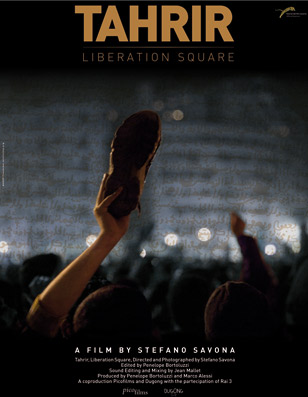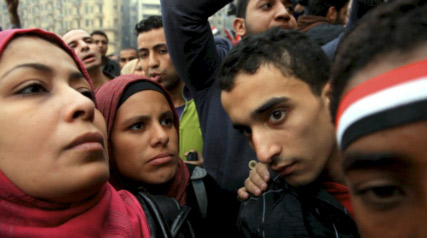 Michael C reporting from the New York Film Festival.
Michael C reporting from the New York Film Festival.
In years to come there will no doubt be countless documentaries made attempting to make sense of the world changing events in the Middle East in the first half of 2011. Yet for all the context and analysis they bring to bear on the complexities of the Arab Spring I doubt any will have the immediacy of Stefano Savona’s Tahrir.
When the people of Egypy took to the streets, filling Tahrir Square, Savona grabbed his camera and marched out with them. When assembling his film he afforded himself no additional perspective. No talking heads. No title cards. No voiceover narration. If the protesters don’t have the information neither does the audience.
Without those crutches to lean on Savona goes in the opposite direction, building a picture of those days through collage - the musical repetition of chanting, the urgent, unsure spread of information, the confrontations with government enforcers. One such battle devolves horrifyingly into endless hours of rock throwing as protesters fashion makeshift helmets out of cardboard, scarves or whatever they can tie to their heads. The Egyptians we meet are a great antidote to the mainstream media’s usual representation of a sea of indistinguishable screaming foreigners. They debate the next course of action, speculate about events outside their control, and worry if it will all be worth it if in the end one tyrant is traded for another.

Those unfamiliar with the events in Egypt last February will be more than a bit lost, even a news junkie like myself longed for a little added perspective, but with Tahrir that is beside the point. When historians set about to reconstruct what it was like to be in that square at that time, Savona's film will be essential viewing.
✩
Previously... A Dangerous Method, The Loneliest Planet, Melancholia